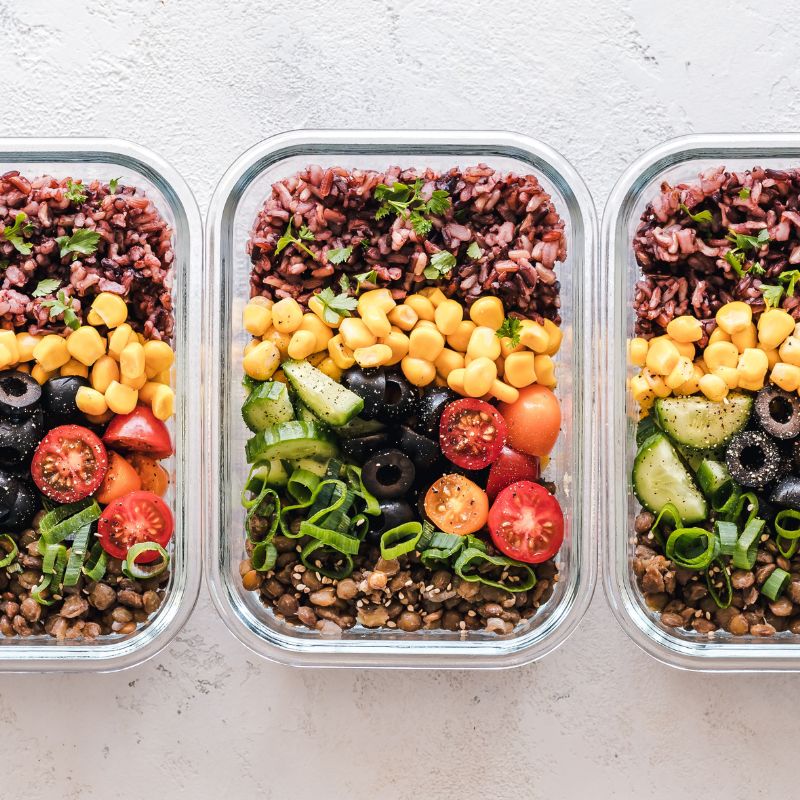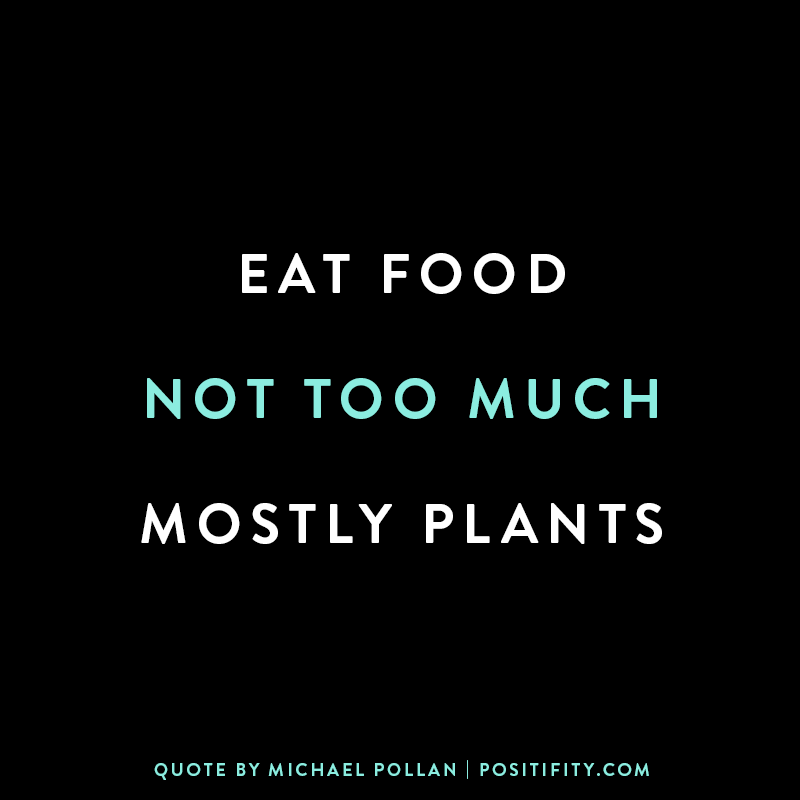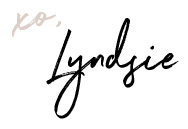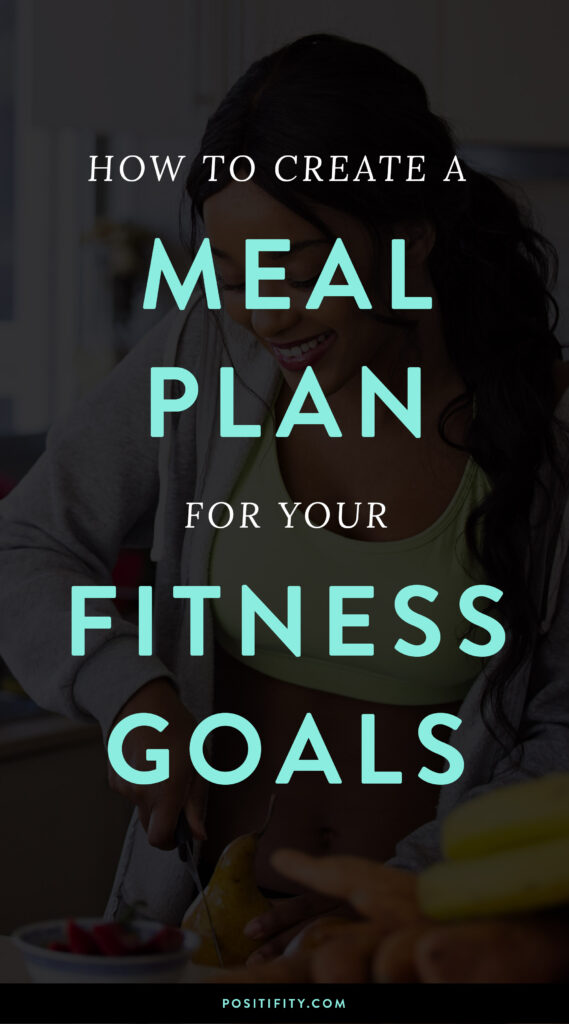On this blog, I share practical tips, tools, and strategies to help you reclaim and AMPLIFY your energy so you can banish burnout and start experiencing more clarity, freedom and flow!
hey!
Energy
Health
Productivity
Vision

“You can’t out-exercise a bad diet.”
Oh, how I wish the above statement weren’t true.
Getting to the gym? No problem! That’s something I look forward to.
But when it comes to diet?
Let’s just say, I’ve previously been known to consider sour gummy worms a viable “meal”.
Fortunately, I’ve learned a thing or two since then 🤦🏻♀️
The most important lesson learned: Without the right diet in place to support your effort in the gym, it doesn’t matter how on-point your workouts are. You’ll severely limit your results.
In this post, I’m not going to tell you that you MUST hop on the Keto bandwagon or that becoming a vegan is the only way to go.
The reality is everyone’s different.
The “best” diet for you comes down to a variety of factors including your culture, beliefs, geographic location, personal biology, and budget.
It’s highly personal – and anyone who preaches a one-size fits all “best” diet for everyone is just flat-out wrong.
I personally favor Author Michael Pollan’s simple diet philosophy: “Eat food. Not too much. Mostly plants.”

Let’s break this down quickly:
- Eat food – No, not the chemistry experiments you see lining the supermarket aisles. REAL food. Aim to make the majority of your diet consist of whole, non-processed foods (products that were grown or raised on a farm or field… not concocted in a factory).
- Not too much – Most of us go through life with no idea how many calories we’re consuming on average or how many calories our body actually needs. Bringing awareness to this is the first step to making your diet support your fitness goals.
- Mostly plants – Calories aside, plants are absolutely loaded with vitamins, minerals, and secondary plant compounds that play an important role in fighting disease, boosting the immune system, and enhancing cognitive function. There’s a lot more to nutrition than the number of calories you eat. As Hippocrates famously said, “Let food be thy medicine.” Embrace the natural healing power of plants!
Now, with that in mind, let’s move on to the nuts and bolts of creating your personal meal plan!
Step 1: Calculate Your Total Daily Energy Expenditure
The first thing that we need to do is calculate your Total Daily Energy Expenditure, or TDEE, which is the amount of calories you burn per day.

Your TDEE is made up of four components:
- Basal metabolic rate (BMR) – This is the amount of calories required to keep your body functioning at rest. BMR accounts for about 60% of TDEE.
- The thermic effect of food (TEF) – Digesting and processing your food takes energy, and thus burns calories. Proteins are the hardest for your body to break down, whereas fats are the easiest for your body to digest, requiring little to no energy to process. TEF accounts for about 10 – 15% of TDEE.
- Non-Exercise Activity Thermogenesis (NEAT) – This refers to calories burned from all of the activities that you do that are not sleeping, eating, or exercise/sports-like activities. For example, walking up stairs, fidgeting in your office chair, mopping your floors, or typing an email.
- Exercise Activity Thermogenesis (EAT) – This one is pretty self-explanatory. Hitting the gym. Going for a run. Playing a pick-up game of volleyball. Exercise is the variable of your TDEE that you have the most direct control over, and that we’ll be most focused on influencing Together, NEAT and exercise make up about 15 – 30% of TDEE.
TAKE ACTION
Use this free calculator to determine your TDEE.
Step 2: Determine Your Daily Calorie Needs to Reach Your Fitness Goals
Now that you know how many calories you need to eat every day to maintain your current weight, it’s time to consider your goals.
Do you want to focus on losing body fat or building muscle?
The age-old debate of whether or not it’s possible to lose weight and gain muscle at the same time is highly controversial.
Suffice it to say, if you’re trying to do both – you’re probably not going to be doing either well.
I recommend tackling these goals one at a time.
If you want to lose fat, you’ll need to be in a caloric deficit, which means consuming less calories than you burn.
This can be achieved by reducing the number of calories you eat, by burning more calories through exercise, or a combination of both.
Don’t let the sensational headlines fool you. The recommended healthy rate of weight loss is 1-2 pounds per week.
So let’s say you set a goal to lose 1 pound per week.
To lose 1 pound, you need to burn an additional 3500 calories above maintenance levels.
If we divide 3500 calories by 7 days per week, we see that this is a deficit of 500 calories per day.
To achieve this 500 calorie daily deficit, you could start by consuming 250 less calories per day, and burning 250 calories per day through exercise.
To put this in perspective – a grande pumpkin spice latte from Starbucks is 380 calories (!). Many people could easily knock 250 cals off their daily intake through simply swapping one high-calorie beverage a day for water or another low-calorie alternative.
Burning 250 calories via exercise could be as simple as taking an exercise class at your gym, 30 minutes on the elliptical, or a 1 hour walk.
The goal is to make this process work for you.
If cleaning up your diet isn’t much of a struggle, but you loathe working out – focus more on creating the deficit through changing your eating habits first.
If getting yourself to swap cookies for veggies is a struggle and a half, focus on squeezing in more gym time to burn those extra calories.
While ultimately a healthy diet and exercise are both important to long-term health, in the beginning of your weight loss journey it’s all about making changes that you can sustain and build upon. Give yourself the opportunity to make small wins.
TAKE ACTION
- How many pounds do you want to lose per week? (remember the healthy, recommended rate of weight loss is 1-2 pounds per week)
- In order to achieve your weekly weight loss goal, how many extra calories do you need to burn (3500 calories = 1 pound)? Divide this number by 7 to determine how many extra calories you need to burn per day. Next, subtract this number from your TDEE found in step 1 to get your daily calorie target. For example, if I want to lose 1 pound per week, I need to burn 3500 calories or 500 calories per day. If my TDEE is 2200 calories, then my new daily calorie target will be 2200 – 500 = 1700 calories.
- Now it’s time to come up with a specific action plan. How are you going to create this deficit? How many calories will you burn via exercise? How many calories will you consume per day? (Very low-calorie diets can be dangerous to your health, always consult with your doctor before making any drastic changes)
If you want to build muscle, you’ll need to be in a caloric surplus, or consuming more calories than you burn per day.
A lot of people blow this fact WAY out of proportion. Just because you want to put on some muscle doesn’t mean you should start manically chugging protein shakes and wolfing down pizzas.
The number of additional calories you need is not as much as you’d think.
For most people, adding 250 – 500 calories (the lower end of that range for the majority of females) to your TDEE is ideal for gaining muscle.
In addition to increasing your calorie intake, you’ll want to:
- Hit the gym hard. Make sure that you’re putting those extra calories to good use with regular lifting sessions (typically 4 – 6 days per week) balanced with adequate rest and recovery time.
- Eat enough protein. Amino acids are the building blocks of protein and play an essential role in muscle repair and growth. While varying conclusions have been drawn in the scientific literature regarding the “optimal” amount of protein needed for gaining muscle, the general consensus lies between .6 – 1 gram of protein per pound of body weight. So, for example, if you weigh 140 pounds, you’ll want to aim for 84 – 140 grams of protein per day. (Self-experimentation will be key here to see what works best for you).
- Plan your meals strategically. Your body’s ability to absorb and utilize the nutrients it needs to rebuild is enhanced directly after exercise. To maximize the benefits of your lift sesh, eat a protein-rich, carb-filled meal within 60 minutes post-workout (15 – 30 minutes is ideal). Protein is essential for rebuilding muscles as well as decreasing muscle protein breakdown. Studies show that ingesting 20-40g of protein post-workout maximizes the body’s ability to recover. Carbohydrates are necessary to restore glycogen levels (the body’s primary energy source). It’s recommended that you consume .5 – .7 grams of carbs per pound of body weight after training. Protein and carbs are more powerful for recovery when consumed together. Try consuming them in ratio of 3:1 (carbs to protein).
TAKE ACTION
- Add 250 – 500 calories to the TDEE you calculated in step 1 to get your new daily calorie target. If you’re a female, I recommend starting by adding 250 calories, and adjusting accordingly based on your results.
- Get 4-6 strength training sessions on the calendar each week. Be specific about when and where you’ll work out, especially if this isn’t already a regular habit for you.
- Calculate your daily protein target. For females, I recommend starting with .8-1 grams of protein per pound of bodyweight.
- Plan or prepare meals in advance that are rich in protein and carbohydrates for after your strength training sessions.
Step 3: Choose Your Macro Split
To maximize your results, it’s important to consider not only how many calories you consume, but also the source of those calories.
Macronutrients refer to the three basic components of every diet: carbohydrates, protein, and fat.
Each macronutrient has a different number of calories per gram:
- Carbohydrates – 4 calories per gram
- Protein – 4 calories per gram
- Fat – 9 calories per gram
- Alcohol – 7 calories per gram (not a macronutrient but still important to consider in your meal plan if you drink regularly)
Which split is right for you and your goals?
Like most things in health and fitness, there is no “one-size-fits-all” macro split that will give every person their personal best results. Take the following suggestions only as starting points for your own self-experimentation.
IF YOU WANT TO LOSE WEIGHT:
Try to get 10-30% of your calories from carbohydrates, 40-50% from protein, and 30 – 40% from fat.
IF YOU WANT TO MAINTAIN YOUR WEIGHT:
Try to get 30-50% of your calories from carbs, 25-35% from protein, and 25-35% from fat.
IF YOU WANT TO GAIN MUSCLE:
Try to get 40-60% of your calories from carbohydrates, 25-35% from protein, and 15 – 25% from fat.
TAKE ACTION
Choose your starting macro split. Remember that you can adjust your split at any time and that finding what works best for you will be a process of trial and error and self-experimentation.
Step 4: Calculate Your Daily Carbohydrate, Protein and Fat Targets
Take the goal-adjusted TDEE value that you came up with in Step 2 and do the following:
For carbs and protein: Multiply your selected percentage (in decimal form) by your TDEE. Take this result (total calories) and divide it by 4 calories, to get the number of grams you should eat per day.
For fat: Follow the same steps above, but divide the total calories by 9 to get the correct number of grams.
For example, let’s say I’m on a 2100 calorie diet plan for muscle gain, using a 50% Carbs, 30% Protein, and 20% Fat macro split.
- To find my carbs target: 2100 calories x .5 = 1,050 calories from carbs. 1,050 calories / 4 calories per gram = 262 grams of carbs per day
- To find my protein target: 2100 calories x .3 = 630 calories from protein. 630 calories / 4 calories per gram = 157 grams of protein per day.
- To find my fat target: 2100 x .2 = 420 calories from fat. 420 calories / 9 calories per gram = 47 grams of fat per day.
TAKE ACTION
Now it’s your turn: Use your goal-adjusted TDEE and starting macro split to calculate your daily macro targets. Remember that this is just a starting point, and that you’ll likely need to tweak the ratios as you go along.
Step 5: Put Your Plan Into Action
So now you know how many calories you need per day to reach your goal and you’ve calculated your macro targets. Amazing! Now it’s time to put your plan into action.
Here are a few tips to get you started:
DOWNLOAD MY FITNESS PAL
This free app is truly a lifesaver when it comes to tracking your meals. Myfitnesspal allows you to easily keep an organized food diary with their giant food database. In addition to listing what foods/drinks you’ve consumed, it tracks your total calories for the day, as well as your carbs, fat, protein, sodium and sugar, making it super easy and hassle-free to know how many grams of each macro you have left. It also integrates with several fitness tracking devices like the Apple Watch and Fitbit and it allows you to log your exercise which is an awesome bonus!
BUY A FOOD SCALE
A food scale will be crucial for measuring your food so that you can track it accurately. Don’t try to guess your portion sizes when you’re first starting out. You’ll likely be able to eyeball it eventually, but the massive portion sizes served up in the U.S. have a tendency to make us underestimate just how much we’re eating and overestimate what a normal serving size is.
MEAL PREP
Meal prepping will save you a lot of time and hassle! The best way to consistently hit your macro goals is to prepare your meals in advance, rather than winging it day by day and hoping the numbers come out right. I don’t know about you, but if I come home from a long day at work, I’m physically and mentally drained, and I’m starving – macros are going to be the last thing on my mind. I’m just going to eat the first thing in sight. When you’ve prepped meals in advance, the “right” option becomes the easy option, and it takes little to no effort in the moment to stick to your meal plan.
NOW I WANT TO HEAR FROM YOU!
Congrats on taking the first steps in creating your customized meal plan 🎉 What are your biggest challenges when trying to stick to a meal plan? Do you have any helpful tips to share? Let me know in the comments below!

LIKE THIS POST? PIN IT FOR LATER.

Related Posts
On this blog, I share practical tips, tools, and strategies to help you reclaim and AMPLIFY your energy so you can banish burnout and start experiencing more clarity, freedom and flow!
hey!
Energy
Health
Productivity
Vision
READY TO TAKE YOUR HUMAN DESIGN EXPERIMENT TO THE NEXT LEVEL?
Download Your FREE 2025
Human Design Transit Calendar & Guide
BE THE FIRST TO KNOW WHEN NEW RESOURCES DROP.
CONTACT
GET YOUR CHART
FREE TRANSIT GUIDE
COPYRIGHT © 2025 OPTIMIZE FOR FREEDOM, LLC. All rights reserved. LEGAL.